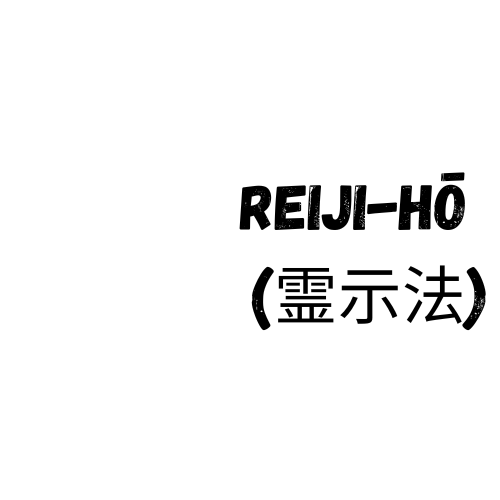Reiji Ho

Letting Reiki Lead
In the practice of Reiki, there comes a moment when we must surrender. A moment when we release control, soften the mind, and allow the energy itself to guide us. That moment begins with Reiji-hō. At first glance, Reiji-hō may seem like a simple ritual a brief pause before treatment, a hand gesture at the forehead. But in the traditional Japanese Reiki system, Reiji-hō is something far deeper. It is the practice of sacred listening. Of attuning to Reiki not just as a technique, but as a living wisdom that moves through us if we’re quiet enough to hear it. It is not about knowing what to do. It’s about allowing the energy to show you.
What Is Reiji-hō?
Reiji-hō (霊示法) translates roughly to “method for indicating by spirit” or “receiving guidance from Reiki.” It is a meditative, receptive process. Reiji-hō reminds us that Reiki is not a prescription it’s a partnership. And in that partnership, our role is to become clear, open, and willing to be led.
A Ritual of Surrender
The heart of Reiji-hō lies in its gesture a quiet lifting of the hands from Gasshō (palms together at the heart) to the forehead (the third eye). The thumbs touch lightly between the brows. The eyes close. The breath deepens. And in that stillness, we make a silent request: Reiki, please guide me. What follows is not always dramatic. It may be a subtle pull, a tingling in the hands, a flash of insight, or simply a knowing of where to begin. It doesn’t come from the intellect it comes from beyond. And the more we listen, the clearer it becomes.
Cultivating the Within
Reiji-hō is not about getting it “right.” It’s about practicing presence so fully that inner guidance can rise to the surface. Here’s a simple way to begin:
- Sit quietly with a straight spine. Come into Gasshō.
- Breathe gently. Set an intention to be guided by Reiki, for the highest good.
- Raise your hands to your forehead. Close your eyes.
- Feel into the space, no need to think.
- Allow your hands to move where they are drawn. Let the energy lead.
This practice can be used before every self-treatment or client session. Over time, it builds a deep relationship with your inner compass and with Reiki itself not as a force you “send,” but as a consciousness you meet.
Reiji-hō and the Pillars of Practice
Reiji-hō is considered one of the three foundational pillars of Reiki (alongside Gasshō and Chiryo). If Gasshō centers us and Chiryo brings healing through the hands, Reiji-hō is the bridge the moment of divine communication between source and action. It is the listening between the stillness and the flow. It is also deeply connected to the Reiki Precepts, particularly the invitation to “work diligently” and “be kind.” Reiji-hō is a discipline of trust. It asks us to step aside and let something greater move through us. To listen deeply. To respond with love.
A Way of Life
While Reiji-hō is often associated with formal treatment, it can become a quiet compass in daily life. You may use it before making a decision. Before a difficult conversation. Before beginning something sacred. You don’t have to wait for a Reiki session to ask: Reiki, show me what is needed. In a world that glorifies control, Reiji-hō reminds us of the power of surrender. The healing that comes not from pushing, but from allowing. From following the flow rather than forcing an outcome.
Final Thoughts
Reiji-hō is a practice of trust. Trusting the energy. Trusting your body. Trusting that when you soften, when you listen, when you offer yourself as an instrument something wiser moves through you. It doesn’t always speak in words. It may come as a subtle shift. A pull. A whisper. But if you are still enough, if your heart is open enough, Reiki will always show you the way.